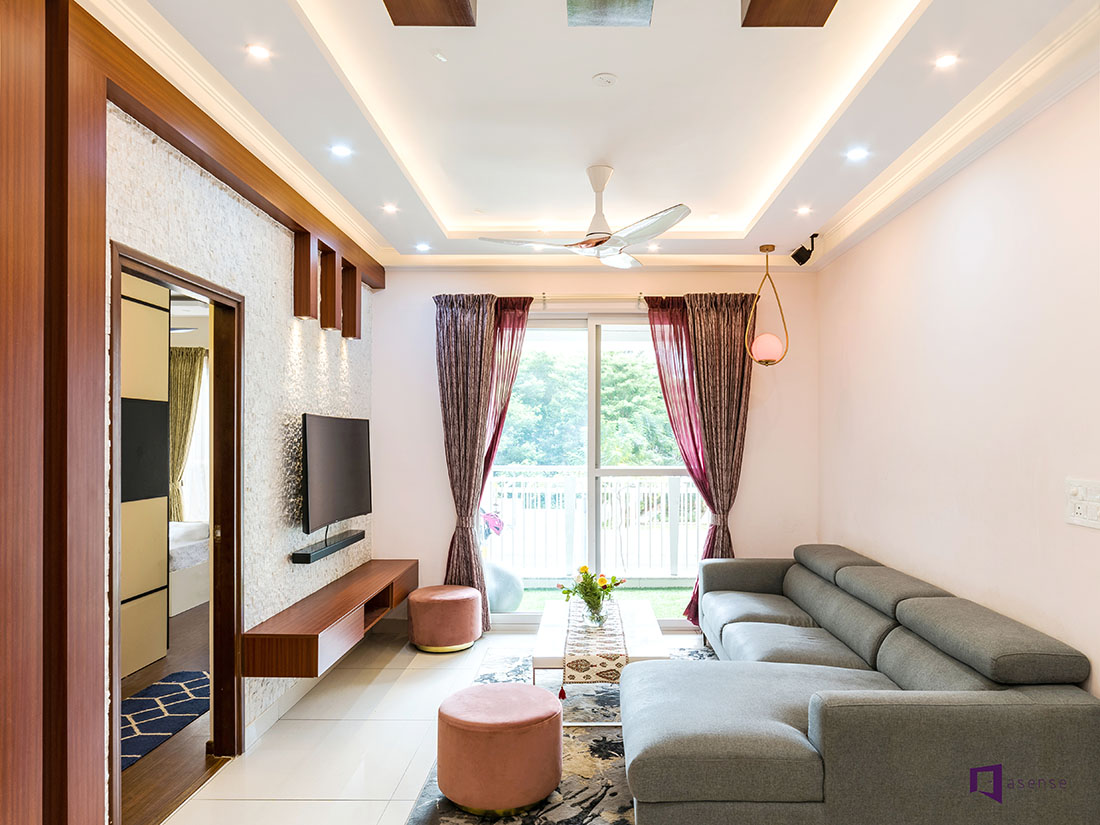A leading Architecture Firm can design your dream space.
Wiki Article
Change Your Home With Necessary Principles of Interior Decoration and Aesthetic Appeals
By comprehending the influence of color theory and the significance of structure and patterns, one can create rooms that are not only visually attractive yet likewise deeply personal. Accomplishing this equilibrium entails even more than plain decoration; it includes a tactical arrangement and a keen understanding of how each aspect engages within a room.Understanding Color Theory
Shade theory is an essential facet of interior layout that substantially affects mood, assumption, and general visual. Recognizing the concepts of shade theory allows developers to produce areas that reverberate mentally with residents while meeting practical demands (miami interior design). Colors can be categorized right into 3 main types: primary, secondary, and tertiary. Each category plays a crucial function in developing harmony within an area.The psychological impact of colors is extensive; warm colors such as reds and oranges stimulate power and warmth, while trendy tones like blues and greens advertise peace and serenity. Moreover, making use of complementary shades improves visual rate of interest, producing striking contrasts that can raise a space's charm.
Neutral shades, on the various other hand, serve as a flexible backdrop, permitting various other style components to shine. It is important to think about elements such as lights and the space's objective when picking a color combination, as these can alter the perception of colors throughout the day.
Eventually, a well-considered color pattern can change a space, fostering a sense of comfort and style that straightens with the inhabitants' preferences. Proficiency of shade theory is, consequently, a vital skill for any kind of indoor designer aiming to create unified and inviting atmospheres.
Accomplishing Balance in Design
Exactly how can designers achieve a feeling of balance in their rooms? Attaining equilibrium in layout is essential to creating harmonious insides. Designers can utilize 3 key types of balance: balanced, asymmetrical, and radial. Symmetrical equilibrium entails setting up components equally around a main factor, fostering a feeling of order and serenity. This kind typically includes pairs of furnishings or artwork, enhancing aesthetic stability.Asymmetrical equilibrium, on the other hand, counts on differing aspects that still achieve a natural look. This approach enables even more vibrant and informal arrangements, supplying interest while keeping stability. By very carefully picking differing dimensions, shades, and structures, developers can develop a visually engaging area that feels balanced yet energetic.
Radial balance emphasizes a central prime focus with components emitting exterior. This design is frequently seen in round formats, where furnishings and style create a cohesive surround that attracts the eye inward.
Ultimately, attaining balance requires thoughtful consideration of scale, proportion, and the partnerships between aspects. Architecture Firm. By masterfully applying these equilibrium principles, designers can transform spaces into environments that feel both aesthetically pleasing and functionally harmonious, improving the overall experience for owners
Relevance of Spatial Understanding

A keen feeling of spatial awareness enables developers to determine focal factors within a room, leading the visitor's attention to essential functions while preserving a general sense of unity. It additionally helps in Resources the tactical placement of illumination, which can dramatically influence the perception of space and mood. Furthermore, understanding spatial relationships allows the designer to accommodate the details needs of inhabitants, making sure that each location serves its designated function without endangering aesthetic appeals.
Ultimately, spatial recognition is vital for making the most of the possibility of any indoor room. By thoroughly considering the interaction in between measurements, design, and feature, designers can create environments that not only satisfy functional needs but likewise stimulate a sense of convenience and beauty, boosting the total living experience.
Incorporating Texture and Patterns
Welcoming a varied variety of structures and patterns can considerably boost the aesthetic and tactile charm of an indoor room. The tactical usage of numerous products-- such as wood, steel, material, and rock-- develops deepness and interest, making a room feel a lot more welcoming and vibrant. As an example, integrating smooth additional reading surface areas with rough structures can establish an equilibrium that attracts the eye and involves the senses.When incorporating patterns, consider both scale and rep. Big patterns can act as centerpieces, while smaller sized, refined designs can complement other components without overwhelming the space. Layering patterns, such as pairing floral paddings with striped tosses, includes intricacy and a feeling of consistency if executed attentively.
It is additionally crucial to maintain a natural color scheme, making sure that appearances and patterns collaborate rather than contend for focus. By selecting a few crucial structures and patterns, you can create a merged visual that mirrors your individual style while enhancing the general atmosphere of the room. Eventually, the mindful incorporation of these aspects can transform a mundane room right into a sophisticated setting abundant with personality and warmth.
Personalizing Your Space
Producing an area that shows your individuality is crucial to accomplishing a really welcoming setting. Customization in interior decoration allows you to instill your one-of-a-kind style and passions into your home, changing it from a mere shelter right into a refuge that speaks with that you are. Begin by picking a shade scheme that reverberates with your emotions-- bold hues can invigorate, while soft tones offer tranquility.Incorporate artwork and decor that reflect your interests, whether it be travel, nature, or abstract concepts. Showing individual collections, such as books, photos, or souvenirs, can evoke cherished memories and produce centerpieces within a space. Furthermore, think about tailoring practical pieces, like upholstered furnishings, to line up with your visual choices.

Conclusion
Finally, the makeover of a home with the crucial concepts of interior decoration and aesthetic appeal requires an extensive understanding of color concept, balance, spatial understanding, texture, and customization. Each component adds dramatically to creating a harmonious and useful living environment - miami interior design. By attentively incorporating these concepts, people can improve the visual charm and emotional resonance of their spaces, ultimately promoting a home that shows special identifications while giving comfort and usefulnessReport this wiki page